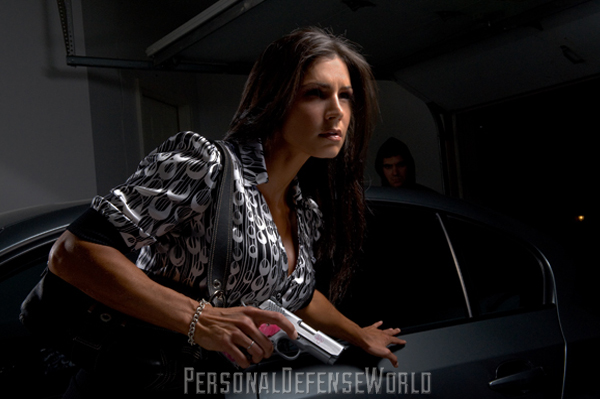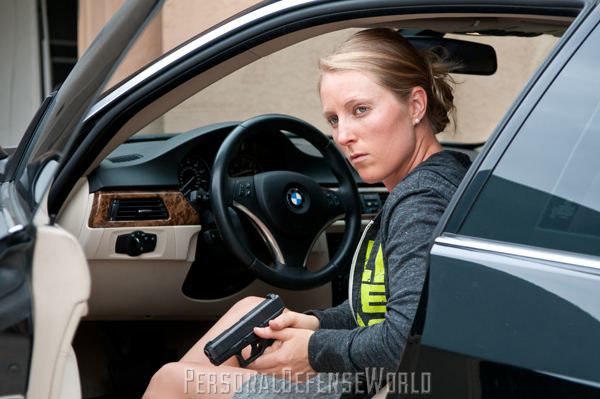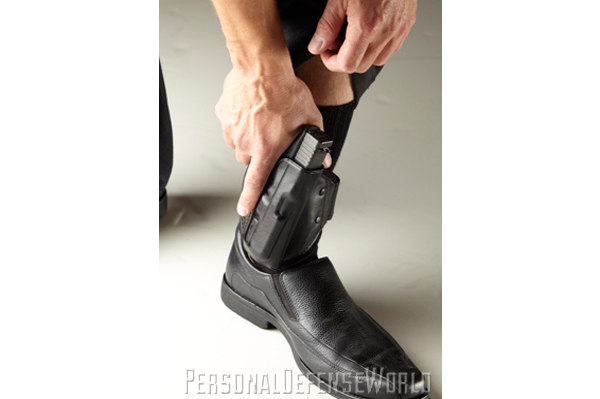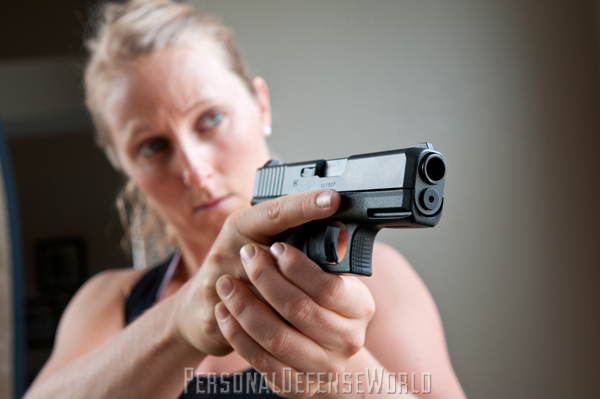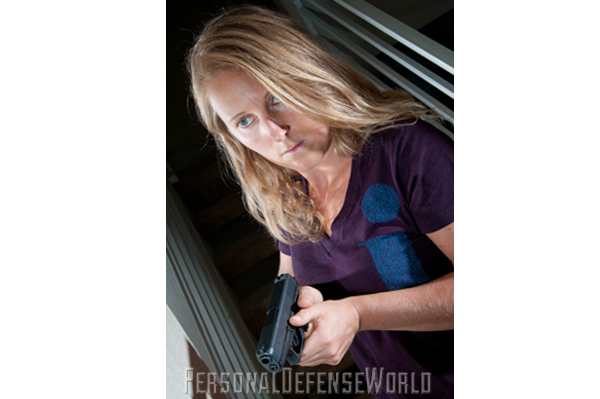Pocket pistols are really nothing new. Since the earliest example of the breed—the Queen Anne Flintlock Pistol—came into vogue in the early 18th century, the idea of a small, concealable, easily carried pistol has been a consistent theme among defense-minded citizens. As design, materials, manufacturing methods, and ammunition improved, pocket pistol technology has evolved tremendously. Today’s compact pistols are more accurate, reliable, and potent than ever before—and they continue to get better all the time.
Tools, however, are only part of the equation. If you really want to rely on a pocket pistol to save your life, you need to power it with a solid skill set and a sound set of tactics. You also need to make sure that those skills and tactics are consistent with the limitations of your chosen hardware. To that end, here is a template for some of the basics you need to consider when you carry a pocket pistol.
Going Armed vs. Carrying a Gun
If you carry a concealed weapon, one of the first decisions you need to make is the commitment to truly “go armed,” not just “carry a gun.” Although this may seem like a subtle difference, it’s actually very significant. If you’re carrying a gun to feel safer, but haven’t invested the time, practice, and rounds downrange to draw it and use it with skill and confidence, you’re fooling yourself.
Advertisement — Continue Reading Below
Conversely, if you make the effort to develop a sound carry strategy, a solid set of tactics, and the skills to draw and shoot your gun swiftly and accurately, you won’t just feel safer; you’ll actually be safer. And so will those you care about.
One of the primary reasons for the popularity of pocket pistols is their convenience. Compared to full-sized handguns, they are much easier to carry and conceal. However, don’t let that be an excuse to treat your pistol like a cell phone or your keys, arbitrarily sticking it into any handy pocket. To be able to draw and employ your pistol reliably, you need to carry it in a consistent, accessible location.
If you are actually going to carry your gun in a pocket, the position, size, and orientation of that pocket needs to be consistent throughout your wardrobe. For example, if you’re partial to carrying in the front pocket of your pants, all your pants must be comparable in pocket style and depth.
Advertisement — Continue Reading Below
The weight of the cloth must also be substantial enough to support a fully loaded gun, hold it firmly in place, and keep it from printing through clothing.
Despite their name, some pocket pistols carry more easily in an ankle holster, belt holster, belly band, or similar carry platform than in a pocket. Again, consistency is the key. Take a hard look at the way you dress all the time, determine a carry method that works with the common elements of your wardrobe and stick with it. That way, if you do need your gun, your skills will take you reflexively to it because it’s always in the same place.
There’s No Place Like Home
Once you think you’ve settled on a carry method, it’s time to put it to the test to see if it’s really a workable solution for constant carry. Although it’s tempting to arm up and test your methods in the real world, it makes more sense to start slowly by first carrying around the house.
Advertisement — Continue Reading Below
Carrying in the privacy of your own home allows you to fine tune the details of gun placement and clothing arrangement without fear of disclosing the fact that you’re carrying. It also allows you to get plenty of practice sitting, standing, bending, reaching, and doing all the other physical movements that really challenge your carry strategy and your ability to maintain concealment.
Practicing your carry at home also allows you to work through the mechanics of drawing your gun. As with all dry practice, you must ensure that your gun is carefully cleared and pay strict attention to the rules of safe gunhandling at all times. One smart way to do this is to restrict your dry practice to your basement, which offers a 360-degree safe backstop. Carry your gun around the house a while and periodically go down to the basement. Confirm that you’re the only one there, double check that your pistol is cleared, and work on your drawstroke for a while.
When practicing your drawstroke, pay particular attention to achieving a safe, solid firing grip before the gun leaves the holster. Because pocket pistols are small, they can be more difficult to grip and index quickly, so take your time and develop your skills methodically. If you carry in a pocket—or more accurately—a pocket holster, work through the details of gripping the gun and getting it out of your pocket smoothly and safely. This may sound easy, but it’s kind of like a monkey grabbing peanuts out of a jar. Once he makes a fist—or you grip your gun—the combined package is bigger than the rim of the jar or the top of your pocket. Adjusting your grip to place your thumb on top of the gun can flatten the profile of your hand and greatly smooth your draw.
Advertisement — Continue Reading Below
You should also make sure that you can draw your gun reliably with only one hand. Pocket pistols are close-range weapons and it’s very likely that your non-gun hand will be doing something else as you draw your pistol.
Shooting and Tactics
Many modern pocket pistols pack big-bore chambering into extremely small, lightweight packages. That makes them potentially more difficult to shoot than their full-sized counterparts. That also means that you need train to shoot your pocket pistol as well as you can.
The gun you actually carry should be the gun you shoot and train with the most. As logical as that may seem, many shooters spend more time practicing with guns they shoot well than the gun they’ll actually need to use for personal defense. You need to spend more time stroking the trigger of your pocket pistol than your ego.
Advertisement — Continue Reading Below
Shooting your carry pistol regularly also allows you to quantify your actual abilities with it and use those limitations to develop appropriate tactics. Start out at close range—about one yard—and gradually develop the ability to shoot multiple shots with combat-accurate hits. Then, extend your range a yard at a time and repeat the process until you’ve determined the limits of your ability to shoot the gun accurately. Once you’ve drawn that line, adapt the rest of your tactics to work within those limitations. Very importantly, make sure you back up your gun-based defense with other tactics to ensure that you always have more than enough total “fight” to finish the job.
Carrying a pocket pistol is a calculated compromise. Since it is a less capable weapon than a full-sized pistol, you need to make up the difference through logical planning, diligent practice, and a keen awareness of its limitations. Define your abilities, develop sound tactics around them, and you’ll be well prepared for the reality of self-defense.
BUY NOW! AT www.personaldefenseworld.com/subscribe/pocket-pistols.
Advertisement — Continue Reading Below
